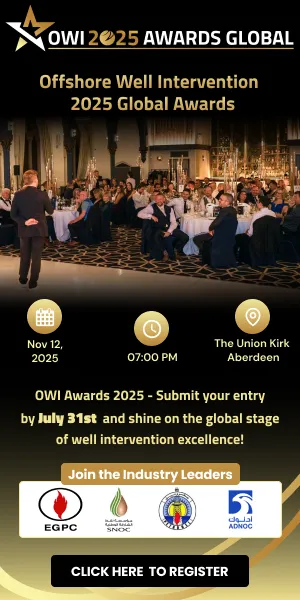Sub-Saharan Africa is the likeliest hotspot for greenfield FLNG project
In June, Eni launched its Coral South FLNG project in Mozambique. The US$8bn facility, with 3.4mn-tonnes of annual liquefaction capacity is expected online 2022. It will tap about 16tcf of gas in-place. BP will purchase the entire output over 20 years from Eni. Project contractors are Samsung Heavy Industries, JGC Construction International and Technip. Eni Area-4 (Mamba complex and Coral site) holds an estimated 85-Tcf.
Meanwhile, Africa’s first small-scale FLNG project led by Perenco – in partnership with Cameroon's SNH and Golar LNG Ltd – is due online at the end of 2017 with a capacity of 1.6bcm per year, with Gazprom as the sole off-taker. Fortuna FLNG export terminal in Equatorial Guinea is poised to become Africa’s first deep-water liquefaction facility, and it is situated near the prolific Niger Delta complex. The project, utilising Golar’s FLNG technology, will produce 2.2mn tonnes per year by 2020. Shell and Vitol (oil-trader) are short-listed as likely off-takers. Sponsors are Ophir, Golar and Schlumberger – a FID is expected soon. Estimated in-place and recoverable mean resource numbers are 553bcf and 426bcf, respectively, based on Ophir data.
There are ample resources for an LNG development, offshore Senegal and Mauritania. Kosmos plans to deploy two FLNG units with first export from vessel-1 starting in 2021 followed by vessel-2 in 2023. An FID is anticipated in 2018. Kosmos claims its project could break even at US$142 per 1,000cm.
In Nigeria – the fourth-largest global LNG exporter in 2016 – the Brass LNG Liquefaction Complex project with two liquefaction trains is at initial engineering phase. It is led by a consortium of NNPC, Total, and Eni but is several years behind schedule. Nigeria's LNG (NLNG) facility also plans to expand its capacity to 30mn-tonnes per year.
There are two mega onshore LNG projects in pipeline in East Africa. Anadarko Petroleum in Mozambique plans to produce 12mn tonnes per year using two trains and later expanding nameplate annual capacity to 20mn tonnes. The cost of Phase-1 is assessed at US$26bn. Anadarko Area-1 prospect (Prosperidade and Golfinho/Atum complexes) holds an estimated 75tcf. FID is yet to be announced. Mozambique has enough gas for about 10 trains producing a total of 50-60mn-tonnes per year, both from onshore plants and FLNG units. This could make the country the world's fourth largest LNG producer, after Australia, Qatar and USA.
A consortium of Statoil and BG (owned by Royal Dutch Shell), ExxonMobil and Ophir Energy are planning a US$30bn, 10mn tonnes per year LNG plant that could start by 2028 – assuming a FID is sanctioned by 2023 at the latest. The onshore project is the pre-Front End Engineering Design (FEED) stage. Sponsors are preparing an LNG commercial framework, which outlines the rights and obligations between the government and investors in the process of executing mega-project. Reports indicate an environmental impact study will be carried out at proposed plant location, Likong’o Village in Lindi Region.





